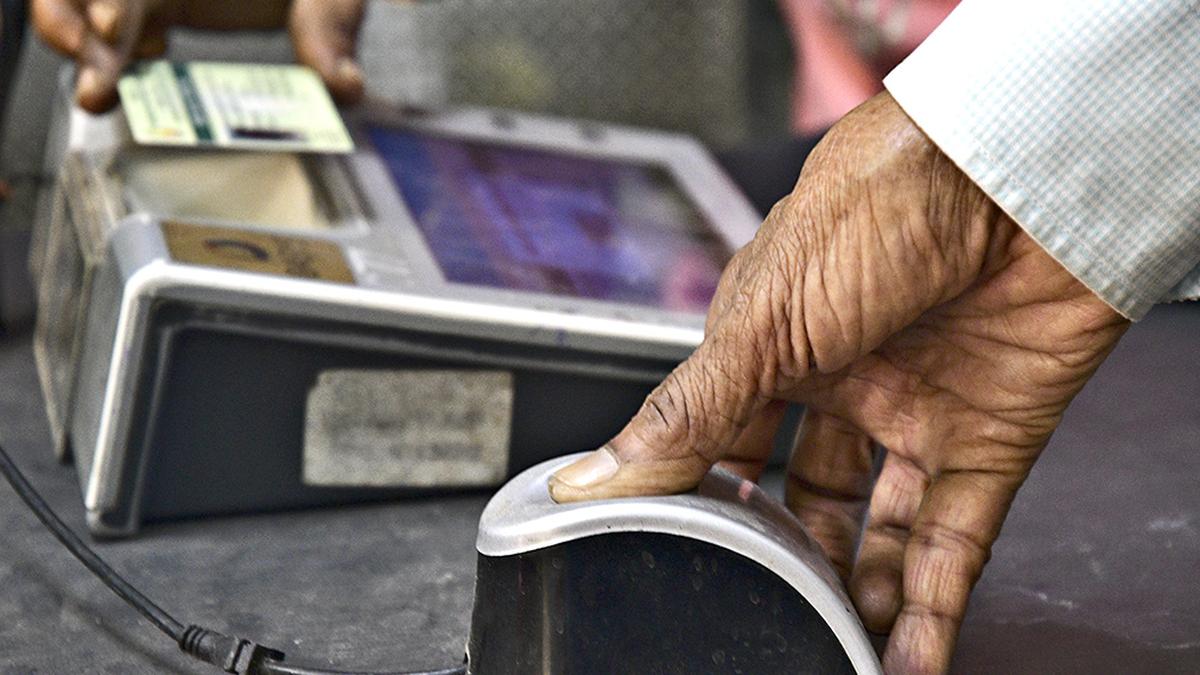Description

Disclaimer: Copyright infringement not intended.
Context
- The Ministry of Renewable Energy has warned farmers about fake websites and mobile apps demanding registration fees for installing solar water pumps under the PM-KUSUM Scheme.
Details
- These fraudulent sites use misleading domain names like '.org,' '.in,' and '.com,' such as www.kusumyojanaonline.in.net and www.pmkisankusumyojana.co.in.
- The official website for genuine information is pmkusum.mnre.gov.in.
- Farmers are advised to avoid these scams, verify authenticity through the official site, and report suspicious activities.
What Is PM Kusum?
- PM Kusum Solar Pump Yojana is a broad initiative that provides subsidies to farmers to set up solar panels on agricultural land for creating electricity for self-consumption and to sell the excess back to the grid, provides subsidies to replace diesel-powered water pumps with solar pumps, and finally to solarise grid-connected agriculture pumps.
Component-A:
- This component allows farmers to set up Decentralized Grid Connected Renewable Energy Power Plants with capacities starting from 500 kW up to 2 MW on barren or cultivable land.
- On the barren land, these installations are envisaged just as an additional income source, when the power generated is sold to local DISCOMs at at 40 paise/kWh or Rs. 6.60 lakhs/MW/year, whichever is less.
- If set up on stilts, the crops can be grown beneath solar panels installed on stilts.
- Individuals or groups of farmers, cooperatives or Farmer Producer Organisations (FPO), and Water User associations (WUA) can apply for this component if the land on which the project is proposed to be installed is within 5 km from the nearest electricity substation.
Component-B:
- In some cases, farmers or farm land may be in off-grid areas.
- They can apply for central subsidy support for installing stand-alone solar-powered agriculture pumps.
- They can also use the subsidy to replace diesel-powered pumps with solar alternatives.
- Financial assistance covers pumps up to 7.5 HP capacity, with central and state governments providing subsidies of 30 per cent each for the cost of pumps and the remaining 40 per cent has to be financed by the farmer or through a loan.
- In North Eastern States, Sikkim, Jammu & Kashmir, and a few other hill states, the central subsidy will cover up to 50 per cent of the cost, and the state bears 30 per cent.
Component-C:
- Individual farmers who already have grid-connected agricultural pumps are supported to solarise their pumps through component C.
- Solar PV capacity up to two times of pump capacity in kW is allowed under the scheme, the government guidelines say. Farmers can use that solar power for irrigation and sell excess energy to DISCOMs.
- The same subsidy structure from the government as in Component B applies here too.

Objectives of KUSUM Scheme
- The primary objective of the PM KUSUM Scheme is to make cutting-edge technology available to our farmers and provide sources for de-dieselised irrigation to the agricultural sector. The main objectives of this scheme are:
- The solar pumps assist our farmers in much more effective and eco-friendly irrigation as these are capable of generating safer energy.
- In addition, the pump sets comprise an energy power grid that generates more energy than diesel driven pumps. Farmers will be able to sell the extra power to our Government directly to enhance their income.
Who Is Eligible for the KUSUM Scheme?
The eligible categories for KUSUM Scheme are:
- An individual farmer.
- A group of farmers.
- FPO or Farmer producer organisation.
- Panchyat.
- Co-operatives.
- Water User Associations.
What are the Benefits of the KUSUM Scheme?
This scheme provides the following benefits:
- The Indian Government initiated the construction of solar plants that can generate an aggregate of 28,250 MW of power.
- The Government will subsidise 60% and provide a loan of 30% of the total cost. This leads our farmers to bear only 10% of the total cost to install solar plants and solar pumps.
- As per KUSUM Scheme details, our Government will provide subsidies to install state-of-the-art solar pumps.They improve irrigation as they hold 720MV of capacity.
- This scheme offers our farmers an opportunity of selling the extra power generated by the plants directly to our Government. This ensures the scope of increase in the income of our farmers.
- A landholder in a rural area can get a stable source of income by utilising barren and uncultivated land for solar plant implementation for 25 years.
- The solar plants will be set up above a minimum height in cultivable lands. This way, our farmers will be able to continue with cultivation after installing the plants.
- KUSUM Scheme ensures increasing use of renewable energy helps to mitigate pollution in farms and opens a gateway to eco-friendly cultivation
READ MORE ABOUT PM KUSUM SCHEME: https://iasgyan.in/daily-current-affairs/pm-kusum-scheme-38
|
PRACTICE QUESTION
Q. Critically evaluate the objectives and implementation challenges of the Pradhan Mantri Kisan Urja Suraksha and Utthan Mahabhiyan (PM-KUSUM) scheme. How does this scheme contribute to India's renewable energy goals and the agricultural sector's sustainability?
|








